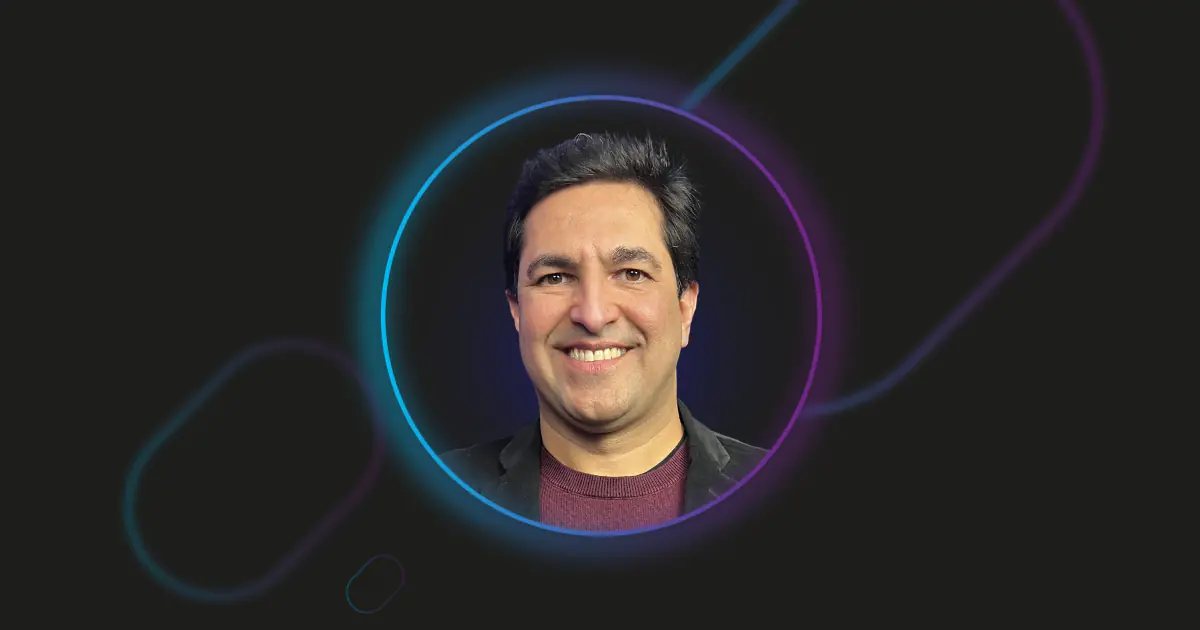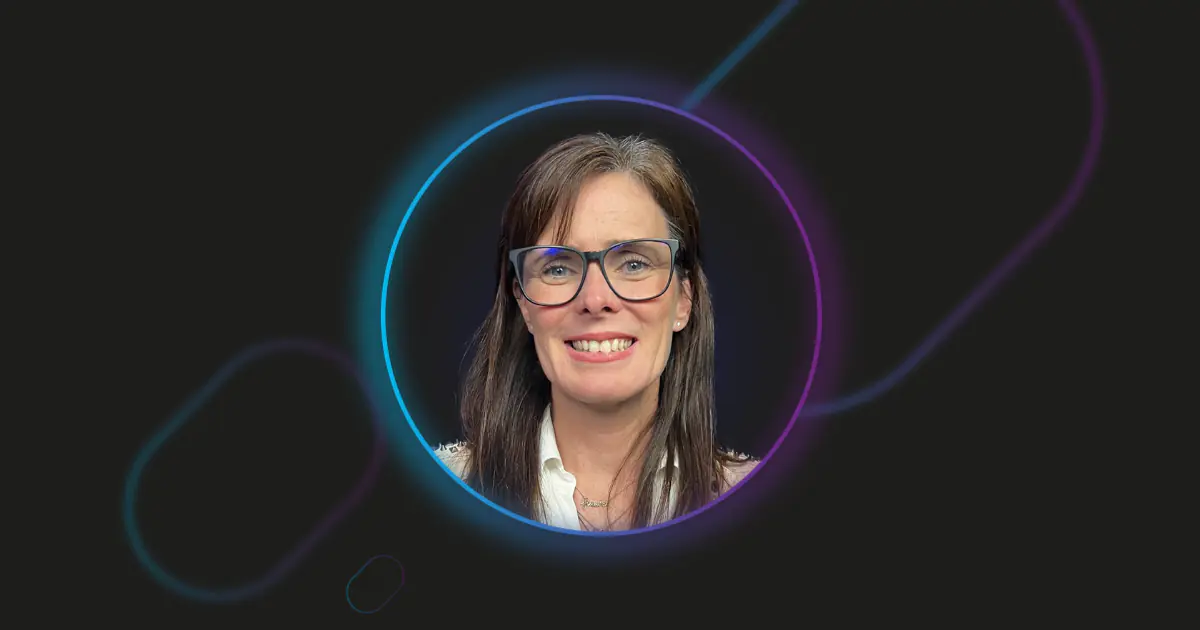On November 15, 1889, the Republic of Brazil was proclaimed.
According to the historian José Murilo de Carvalho, the people watched the “bestialized” event without understanding what was happening, many thought it was just a military parade.
130 years have passed since then and Brazil has transformed itself and, like so many other nations, it is currently involved in the digital age, being in many ways different from the Brazil where Marechal Deodoro da Fonseca lived.
With the democratization of the internet and access to information, news about the nation's situation would spread much faster if it had happened today.
We are currently surrounded by technology and no less than 70% of the Brazilian population, about 126,9 million people, use the internet and this number tends to grow.
This digital democratization has also transformed the market and, consequently, the way of doing marketing. To create your campaign you need to understand who is yours target Audience , but before that it is extremely necessary to find out who are the Brazilian internet users, what are their characteristics, only then to make a segmentation and direct their publications to the ideal audience.
O IBOPE intelligence points out some data that help to segment internet users by cutouts such as: age group, gender, region, education and economic class. We will share these numbers with you:
Age Range:
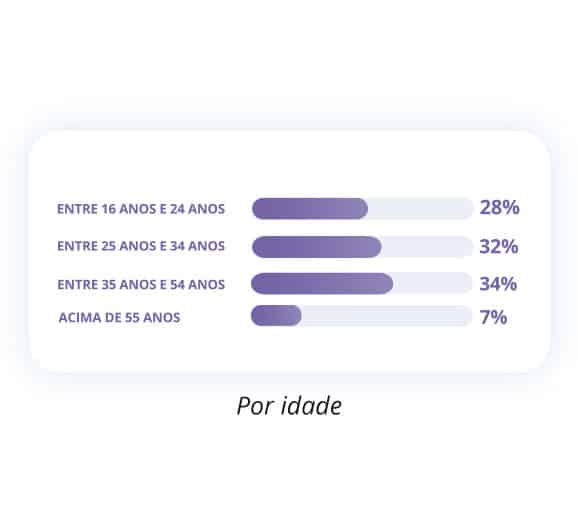
Contrary to popular belief, the majority of Brazilian internet users are adults (35-54 years old) and not young people. The web has not yet managed to effectively attract people over 55 years old, with this age group accounting for only 7% of all Brazilian internet users.
Genre:
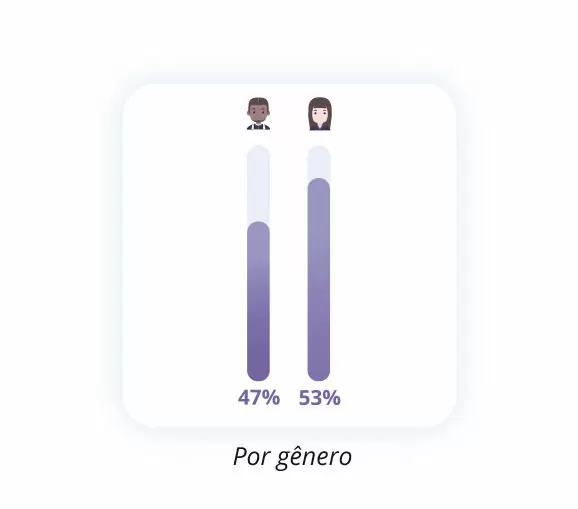
It is not news that women are present in large numbers on the internet, not only are they present, but they are also major influencers. Therefore, they are super important in digital marketing campaigns, both as consumers and as professionals.
Região:
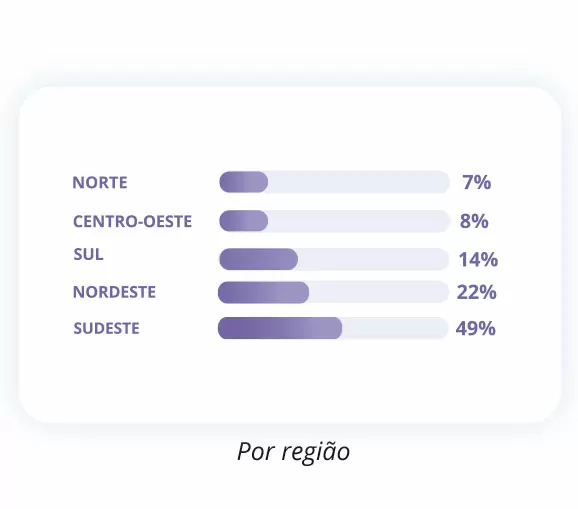
The Southeast region comfortably occupies the first position when segmented by region. This shows that the democratization of internet access did not happen equally throughout the country. From the numbers, we can deduce that it followed economic patterns and that is why the country's economic hub is ahead.
Education:
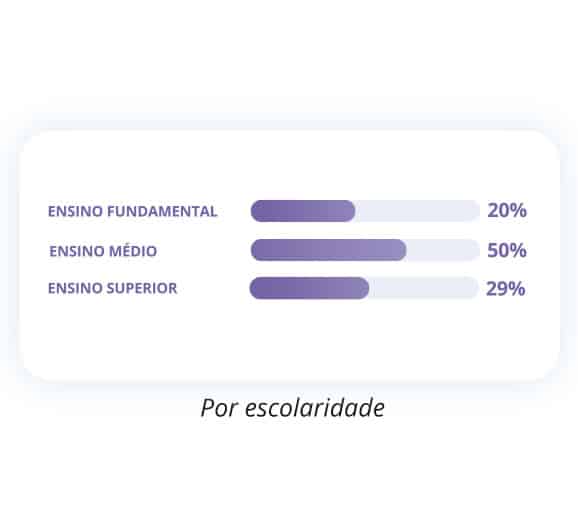
The education of most Internet users is high school.
However, the percentage among people who have easy access to the internet is higher among people with higher education.
Economic class
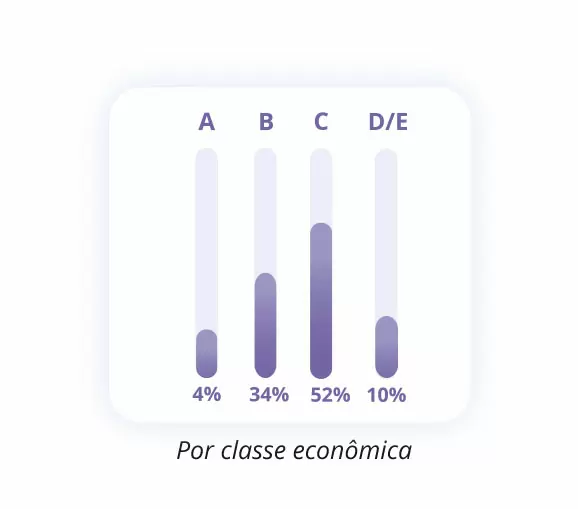
Although class A is made up of only 2% of the Brazilian population, they account for 4% of internet users. Class D represents 21% of the population, but only 10% of internet users. Reinforcing how the democratization of internet access has not happened equally.
Just like the news about the Republic, the internet first reached a portion of the population and is expanding over time.
Unfortunately, the communication distributed in marketing campaigns reproduces a stereotype of young people from class A or B. But this is not the reality of consumers. Just to start our conversation, several words used in marketing are not accessible to the Brazilian consumer, as 9% of Brazilians know English and only 2% claim to be fluent.
A good marketing campaign must be understandable and represent the consumer. Analyze your sector, there are archetypes that they really should do targeted marketing to the class A public. But apart from these cases, make sure your content be accessible and easily absorbed by Brazilian internet users.
Another important detail is to think about campaigns and content that are compatible with smartphones. There was a popularization of this tool and according to research carried out by Getúlio Vargas Foundation of São Paulo , exist:
- 230 million active smartphones in Brazil
- 180 million computers / notebooks / tablets in use in the country.
Observing these details will make it easier to create a marketing campaign that attracts your audience and has real results.
For more texts, visit our blog!
See you!
